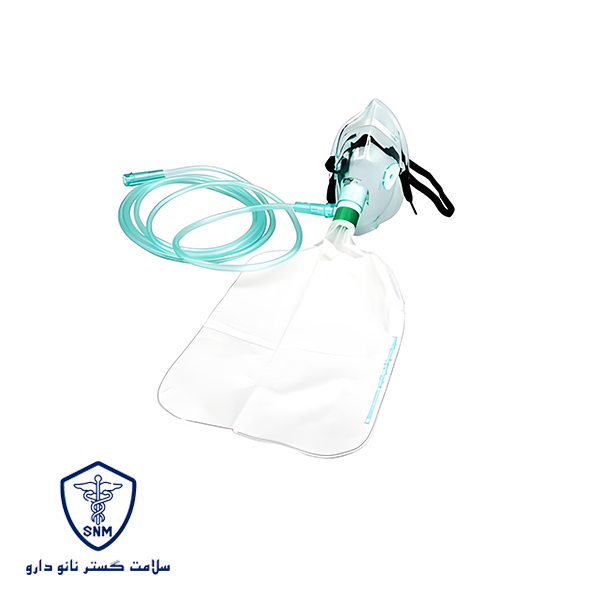The bag-valve oxygen mask is a type of respiratory mask used to deliver oxygen to patients in various conditions. The mask consists of a reservoir bag, a face mask, and a connecting tube.
How it works:
Reservoir bag: Stores high-concentration oxygen.
Face mask: Placed over the patient’s nose and mouth to deliver oxygen.
Connecting tube: Connects the reservoir bag to the face mask.
Benefits of the bag-valve oxygen mask:
High oxygen concentration: This mask can deliver oxygen with a high concentration (up to 95%), which is crucial for patients with severe respiratory issues.
Oxygen storage: The mask’s reservoir stores oxygen, ensuring the patient can still access it even if the oxygen supply is interrupted.
Versatile application: This mask can be used in hospitals, medical centers, ambulances, and even at home.
Types of the bag-valve oxygen mask:
Simple mask: Covers only the mouth and nose.
Mask with reservoir: Covers the mouth, nose, and sometimes the eyes, suitable for patients who are highly active or anxious.
Pediatric mask: Designed for children and is smaller than adult-sized masks.
Important considerations when using a bag-valve oxygen mask:
Choosing the right mask: The mask must fit securely on the patient’s face with no leakage.
Oxygen flow adjustment: The oxygen flow should be adjusted according to the patient’s needs.
Humidifying oxygen: Dry air can irritate the patient’s respiratory tract, so the oxygen should be humidified before reaching the patient.
Mask cleaning: The mask must be thoroughly cleaned and disinfected after each use.
Contraindications for using the bag-valve oxygen mask:
Patients with lung diseases: In some patients with lung diseases, using the mask can increase chest pressure.
Patients with facial trauma: Using the mask can cause pain and discomfort in patients with facial trauma.



Reviews
There are no reviews yet.